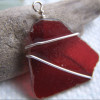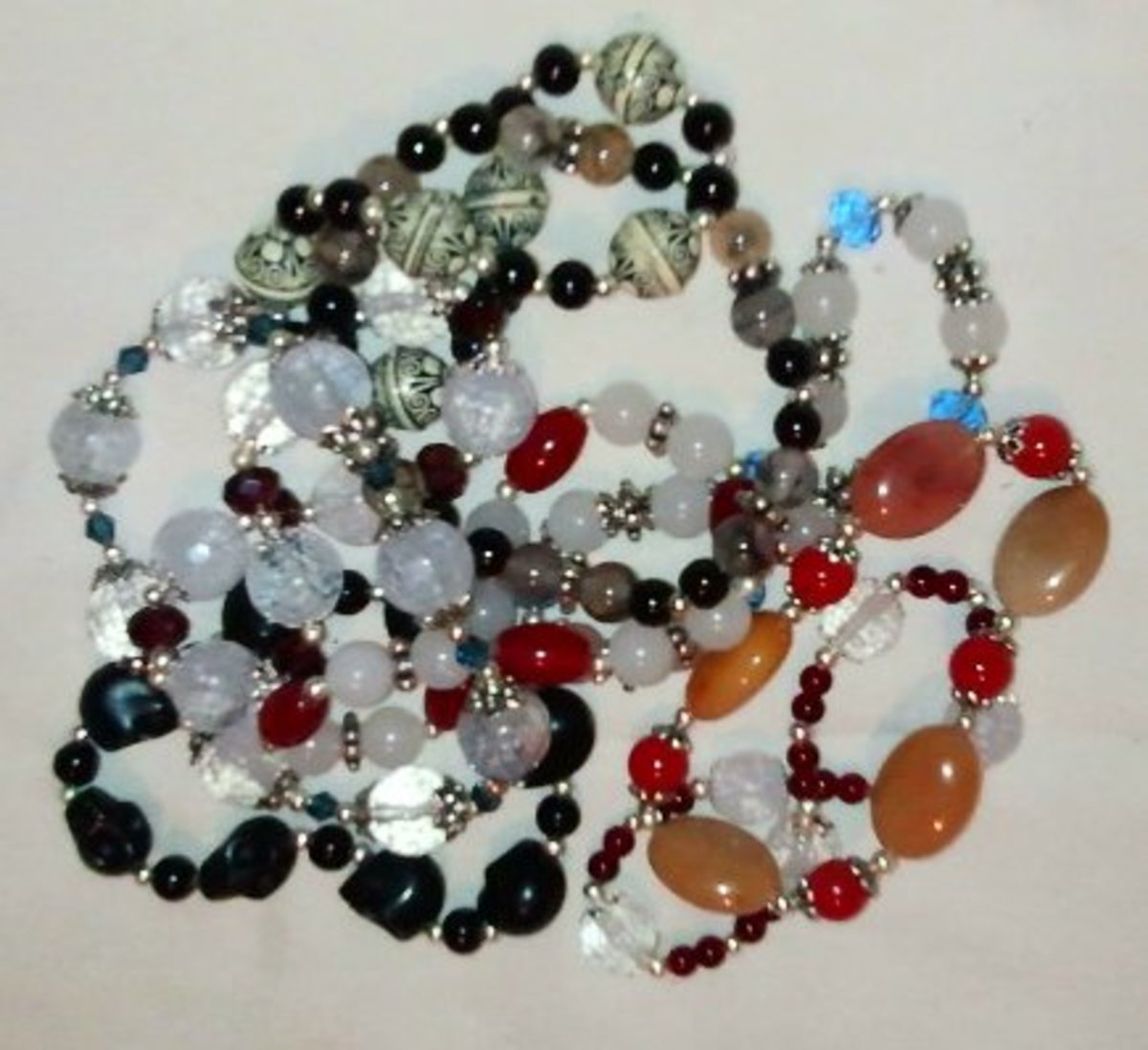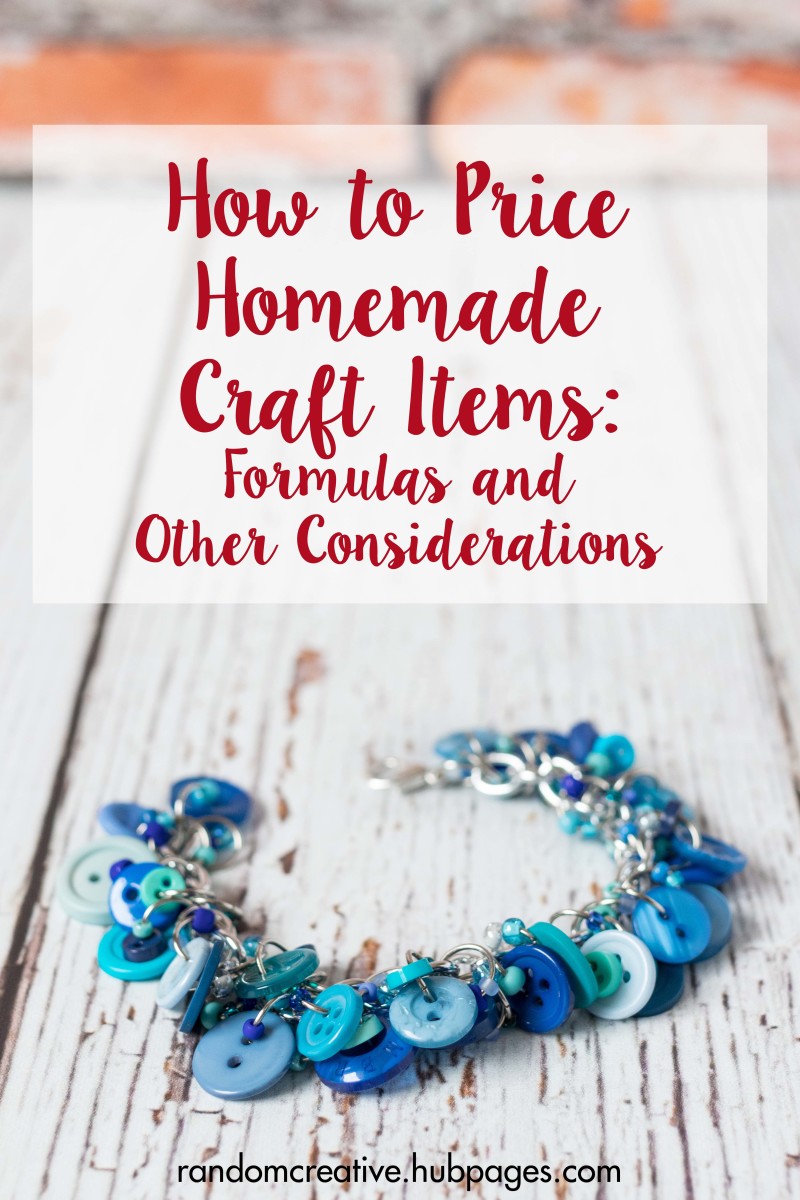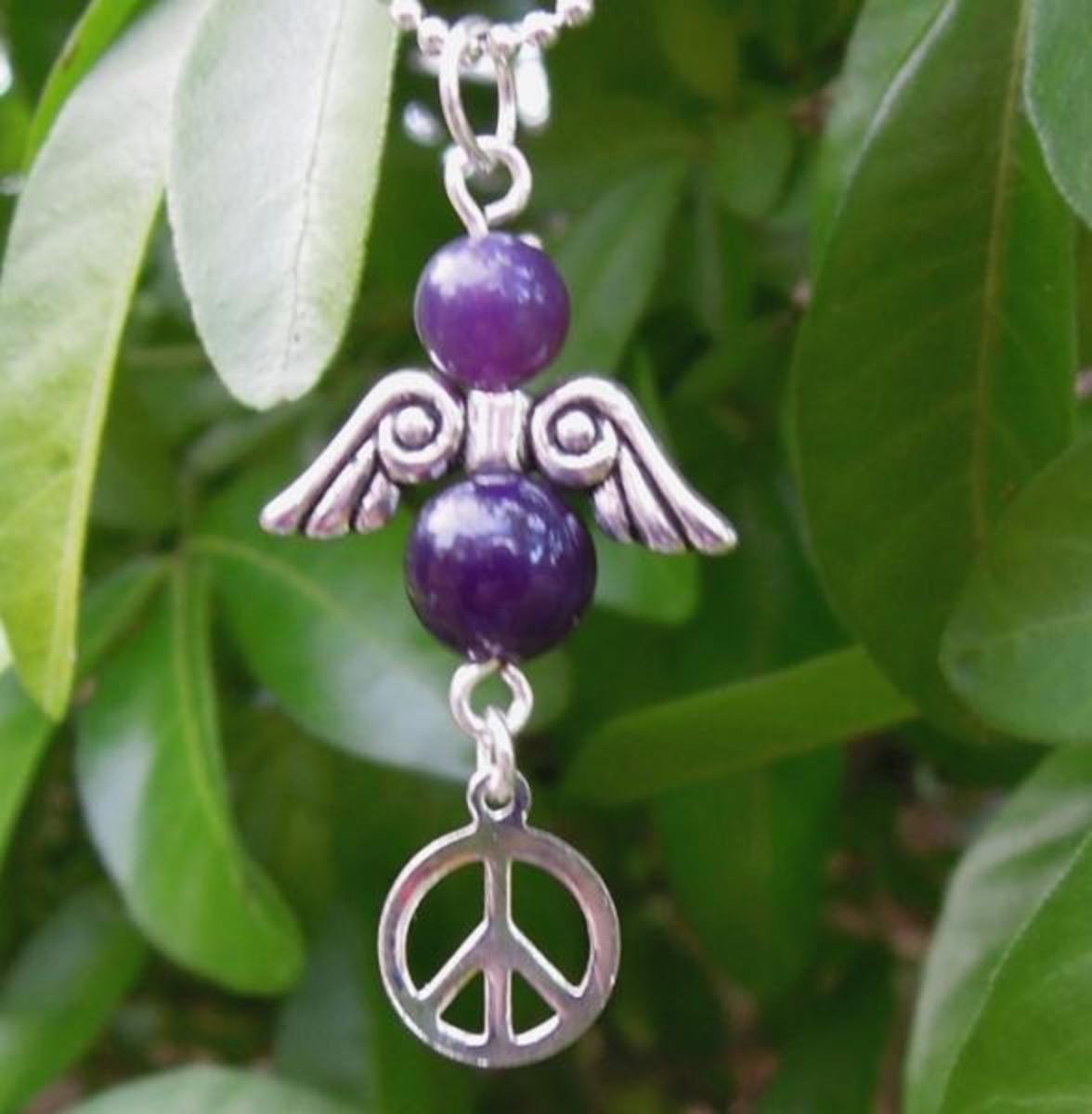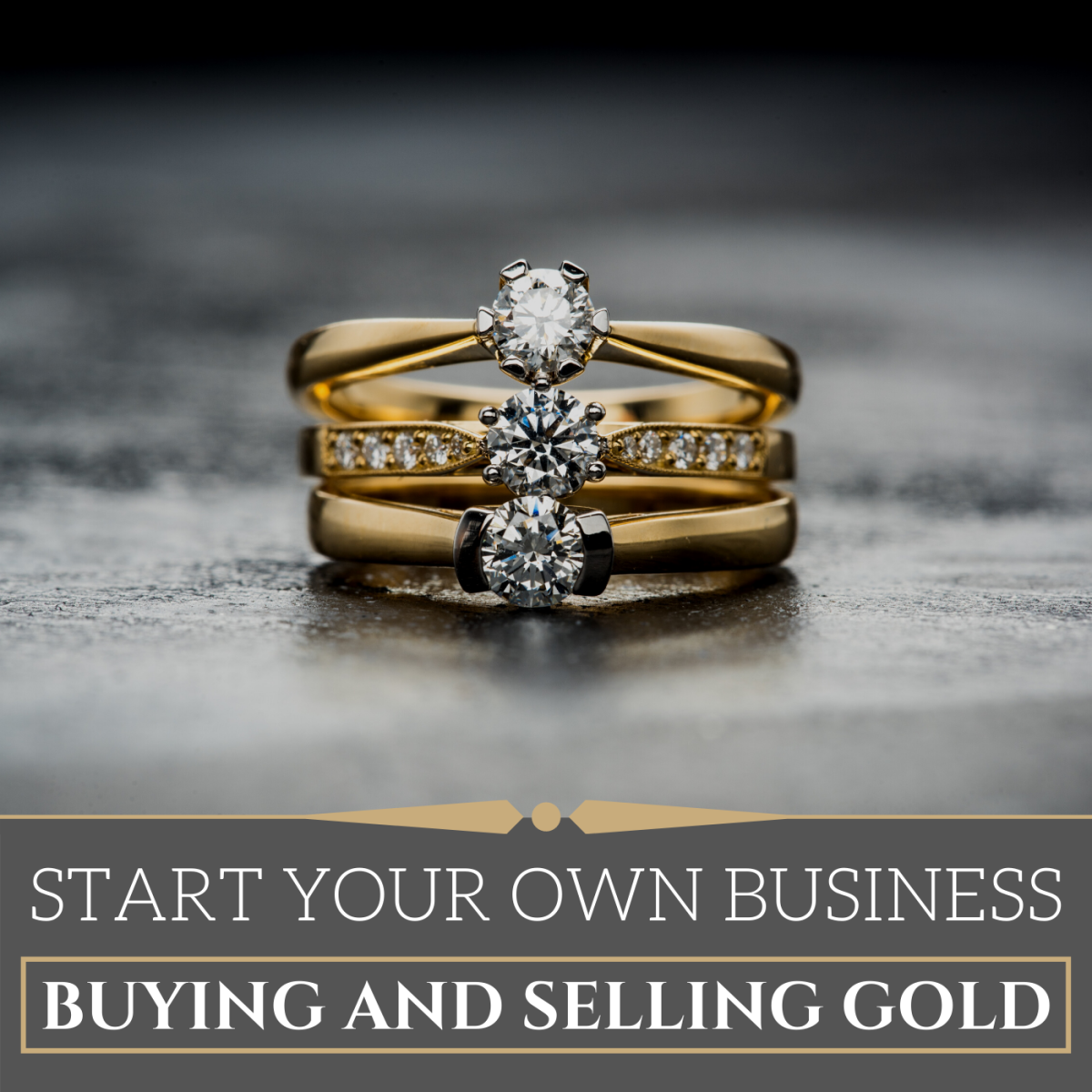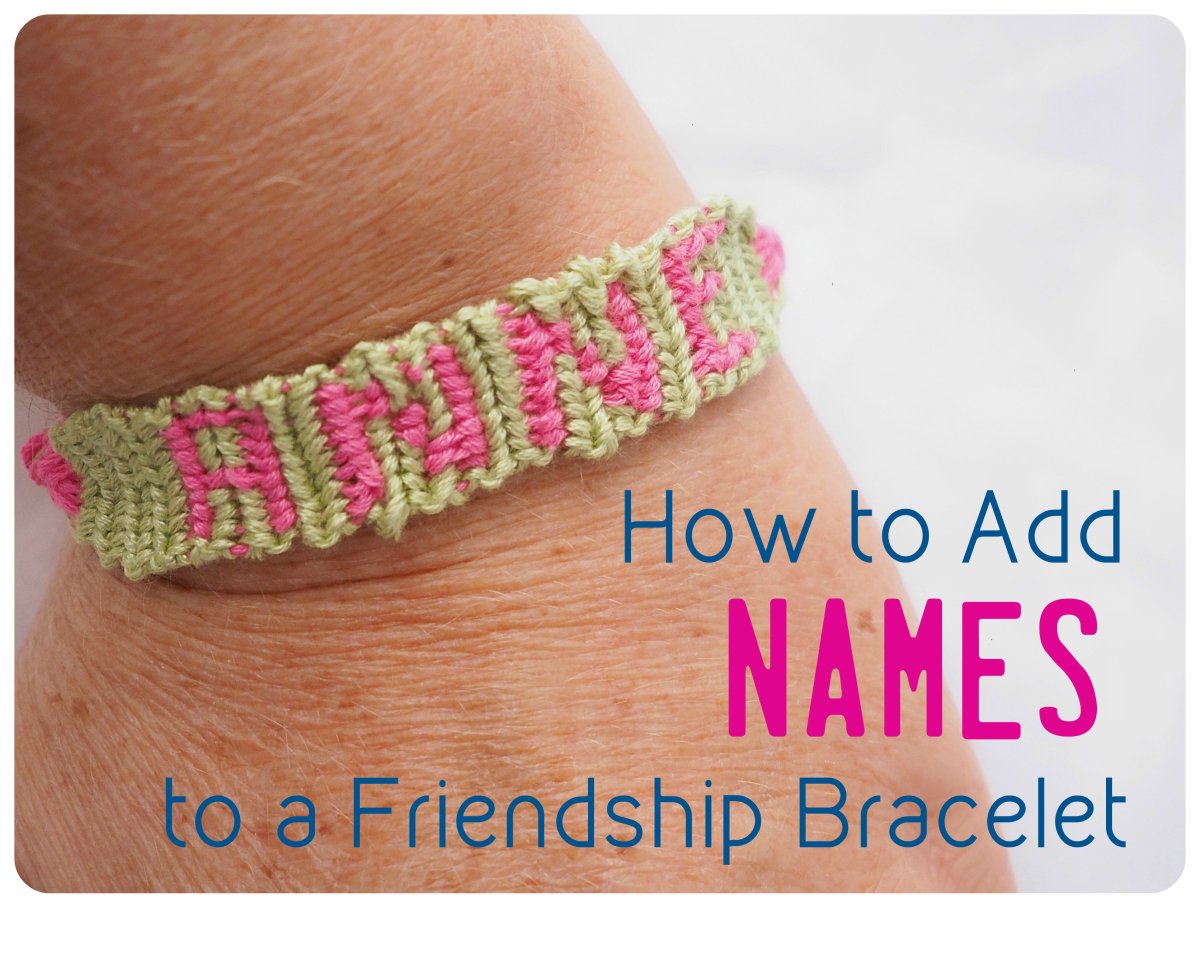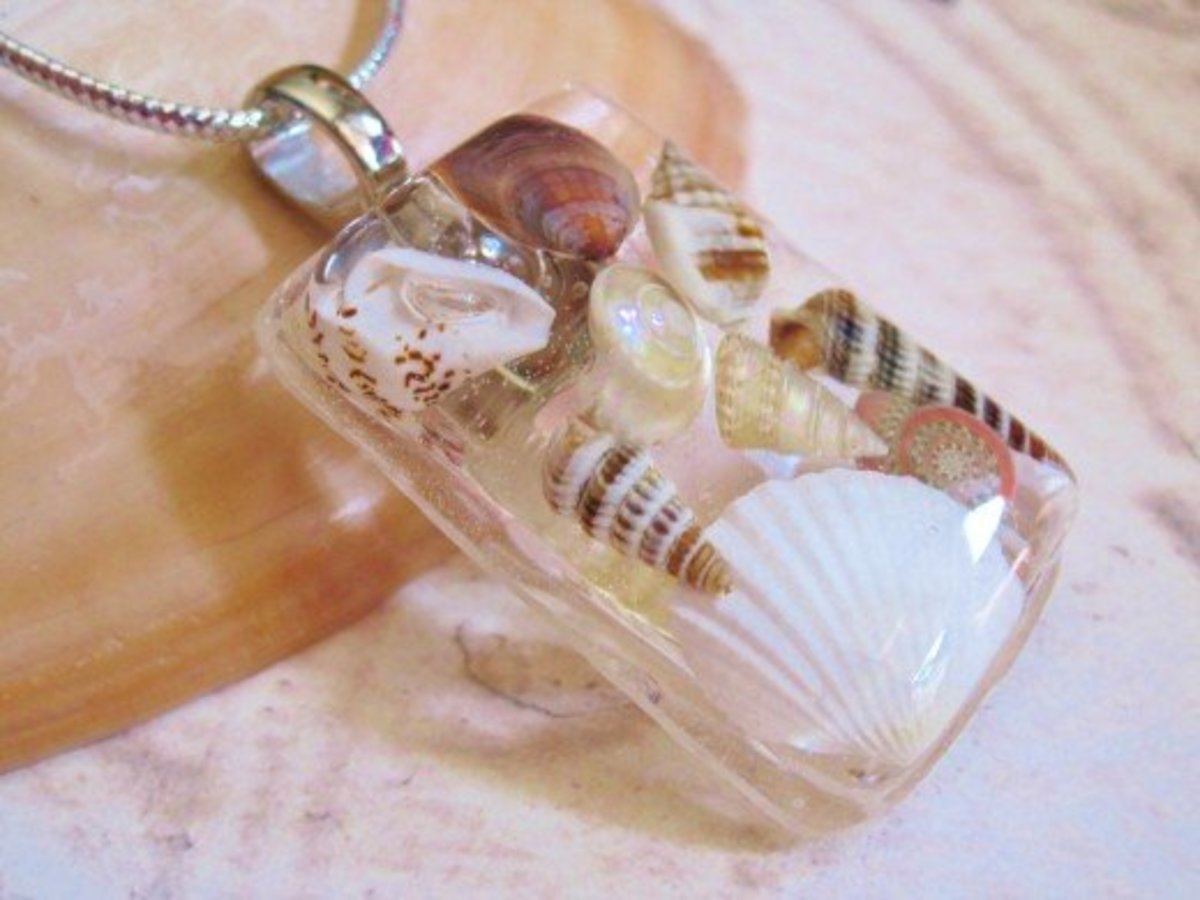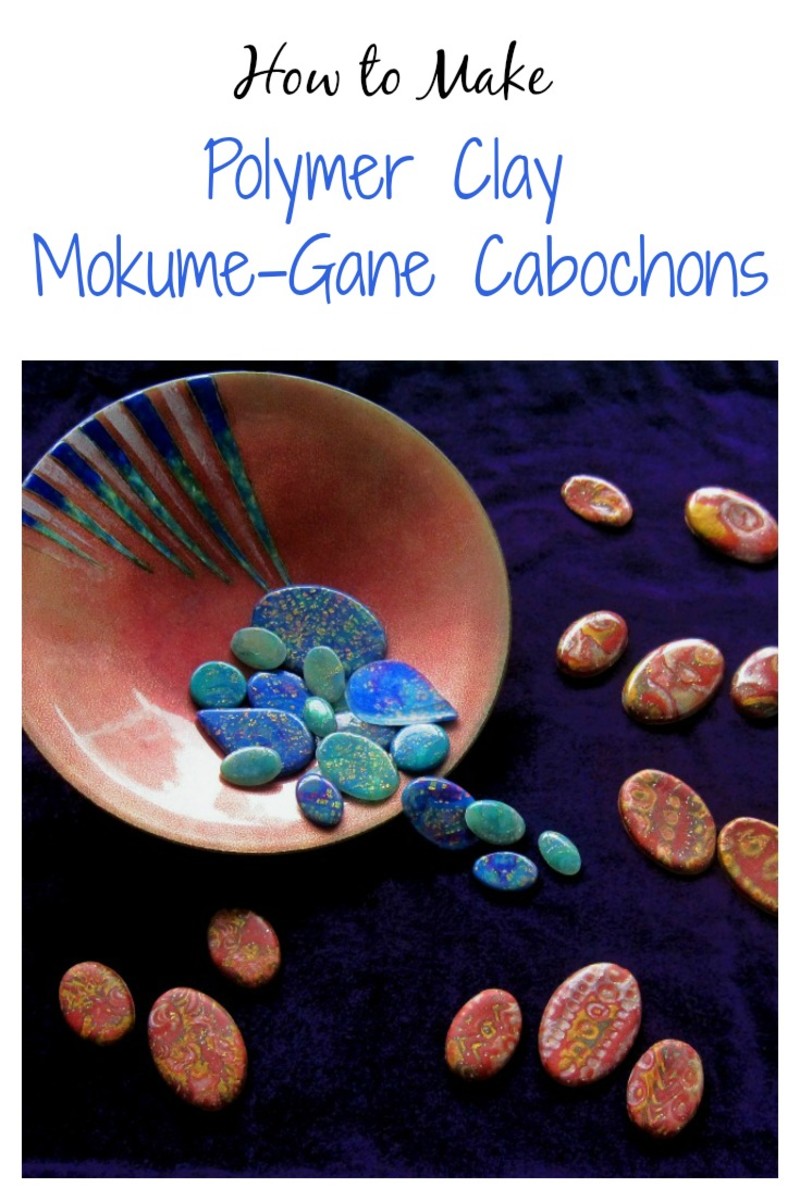How Much to Charge For Your Jewellery
When you are making jewellery for profit, to earn a living, you need to pay careful attention to how you calculate your prices. How much to charge for your jewellery can seem quite frightening at first, until you have the confidence to charge what it's worth.
Perhaps one of the things that attracted you to making jewellery was the huge difference between the price of a finished item and how much the individual components were priced at on wholesale supplier websites and in catalogues. Between buying an item in bulk at a wholesale price and selling the item there are a lot of additional costs which you have to consider, for example:
- Tools: To make most jewellery, you will need to have bought tools.
- Skill: You will have had to have spent time and money learning how to make jewellery. Whether you are learning from books, an onlne jewellery course or by attending Workshops, there will have been a cost, money you have invested and your time.
- Presentation: Once you have an item of jewellery for sale, you then need to make it ready for presentation, which might include cleaning it - again, a cost of equipment - or photographing it, which might include the cost of some props.
- Packaging: All jewellery will require packaging of some type, again there is a cost to this. You might wrap the piece in acid free tissue, sealed with a label with your logo on, then in a box, which might be printed with your logo/website, then in a bag. Or perhaps you are mailing your jewellery out and need special mailing envelopes. Packaging isn't cheap.
- Point of Sale: In order to get your handcrafted jewellery in front of potential customers there is another cost. If you sit and home nobody will knock on your door to buy jewellery, you have to either have a website, or attend craft fairs, or jewellery fairs, perhaps even rent a shop.
All of these costs need to be factored into your pricing, yet you need to remain competitive against your competitors. This does not mean "sell cheap", it simply means you have to price correctly for your marketplace.
Jewellery Business Success
If you are making jewellery and selling it, you have a jewellery business - and it's important for you that your jewellery business is a success.
Buying at the right price is important - but selling at the right price is even more important. Charge the right amount for your jewellery and you'll make money and win customers. Charge too little and you'll not make any money. Charge too much and nobody will buy from you.
There is no hard and fast fixed rule on how much to charge for your jewellery, but you need to know what to think about, what to take into consideration and then apply your own experiences to your final price.

Mark Up on Materials
Anybody who is making anything at all will always have a mark up on materials. If you go to a garage and are quoted a price for materials and for labour, the price they paid for the materials will be much less than they're asking you for.
When you buy materials you'll have spent time understanding what you are buying and finding suppliers; you might even be benefitting from bulk discounts and even wholesale prices. You still need to charge at least the retail price for each item.
A good rule of thumb is to price your components at 3x what you paid for them. This covers your time for researching, ordering, unpacking and storing the materials of your trade. For some items you buy it's worth considering a set amount per item. Rather than, say, counting up every length of beading wire, crimp, glue, seed bead, etc, it is often easier to take a fixed amount and say "I'll add £1-2 for each completed item to account for all the bits and pieces that are far too small for me to keep count of and calculate".
How much you charge will depend on the findings and materials you are using. You'll know which pieces it'd be too hard to calculate accurately and meaningfully. If you are making silver rings, it wouldn't be sensible to count the cost of saw blades, beeswax, flux, or pickling liquid, gas refills for the torch or the polishes/sandpapers you use so you might decide to attribute £1 as a cost of these.
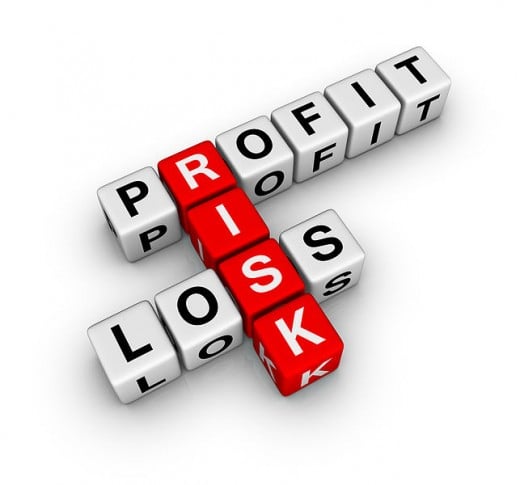
How Much is Your Time Worth?
You do need to put a notional cost on your time, yet be realistic about how that affects the price you need to charge for your jewellery.
- Profit: What you make after all your costs are deducted from the price you sell at.
- Loss: What you get if you charge less for your product than it cost you to produce it
- Risk: Your judgement on whether what you are making will produce a profit or loss.
You need to consider how long an item takes you to make - and how quickly you can make it after the first few items. e.g. the first time you make something might take you an hour, but you've learnt during that hour exactly how to make it and you might find that the second one takes you 30 minutes and the third takes you just 20 minutes. In time, it is therefore feasible that you can get even faster. In this case, your price for your time to be considered shouldn't be 1 hour, but 15 minutes.
Consider The Costs of Employing Staff
Ultimately, to price any products or services corerectly, you need to think how much it would cost you to employ somebody to do the work for you. Put yourself in the shoes of a potential employee.
In the previous instance, where you think you can make something in 15 minutes, turn that on its head and ask yourself if you could get a competent person to sit and make 100 of those items for you at the price you have set as your hourly rate.
This is the commercial viability of your product. Whether you intend to employ staff ever, or not, how much to charge for your jewellery should consider it as an option. If, for example, a shop contacted you and asked you to make 100 pairs of earrings/week for them, that'd be a great order - but if it takes up 25 hours of your time every week, is there really enough money in it to be able to live on? And, more importantly, is it still enjoyable? You'd need to think about sub-contracting that work, or employing somebody, so the order is fulfilled (whether you're sick, or on holiday), freeing you up to continue to make other pieces and grow your business.
It isn't good enough to simply price your time at "national minimum wage" and divide that by 4 and say "that's how much my time is worth to make this piece". You have to consider other costs of employment, such as paid holidays, paid sick and Government taxes. In the UK, for example, while minimum wage is around £6/hour, by the time you've added on other potential costs you'd need to be viewing it closer to £8/hour for a full-time member of staff. Firstly there's approximately 10% holiday pay and 10% Employer's national insurance, then there is insurance and space, tools and utility bills.
Whether you intend to employ somebody or not, you do need to factor in the cost of doing business commercially. You aren't doing yourself any favours if you under-charge for your own time.
Perceived Value for Money
In calculating how much to charge for your jewellery, you have to consider perceived value for money. By presenting your goods more professionally, with better photographs or better packaging, you can increase the perceived value of the product.
Consider the materials you are using to make your product. It takes just as long to make a pair of earrings from craft wire as from sterling silver - yet the resale price of the finished sterling silver earrings is much higher than those made of craft wire.

Set Market Prices
In considering how much to charge for your jewellery, you must be market-price aware. You must set your price to what the market can afford. It might be that there are some products you love to make, but they take too long compared to what you can sell them for. Other items might have a very high mark up price and can be made very quickly.
There is a balance between the time/cost to make something, the price you can sell it for - and how many you can actually sell. Make too many and you will never find enough customers. On the other hand, there's no point making an item that's flying off the shelves if it means your rate of pay is far less than minimum wage and you're working late into the night excitedly because they are selling well.
There's a balance that only you can find. Two people making the same item will take different times to make it, will be buying the materials at different prices and will be selling to a different set of people.
If you do have an item that's flying off the shelves but making you no money, put the price up! You'll be selling less of them, but making more money per item. It's better to sell 10 items with a £10 profit each, than to sell 100 items with a £1 profit each - especially if making them takes 30 minutes each..
Software to Help Work Out How Much to Charge For Your Jewellery
In considering how much to charge for your jewellery, there's quite a bit of calculating to do for every item you make - but there is software that can help you with this.
If you are making jewellery and buying in stock and selling items, you will need to be keeping records. Keeping records can take up too much of your time and cause headaches and panic when it comes to filling in a tax return form. If you are making any jewellery and selling it then you will have to register for self-employment and fill out a tax form each year, even if you consider that you don't make a profit. If you don't do this then when they find you they will make assumptions about how much money you have been making and will bill you for the tax they think you owe them!
So, you want to get it right don't you.
Most people who make jewellery use software to help them. Each time you place an order for supplies, you enter it into the software, with the price. Each time you make an item you tell the software what you made and what's in it - and it tells you how much that piece has cost you in materials and even does stock taking for you.
Imagine if you got a phone call from somebody asking you to make 100 pairs of earrings - the software would be able to show you straight away what you'd need to order.
So it saves you time, over-stocking and, more importantly, stress about how much you've spent or taken.
Come tax return time, you simply request a report of all your costs, income and profit and it's a breeze to see exactly how much you've made - and the value of your current stock.
Bead Manager Pro
Bead Manager Pro: Pricing Your Jewelry
- Making Jewelry - Pricing Your Jewelry for Resale
Pricing your jewelry for resale is one of the most important jobs you can do - yet it's also the most daunting and time-consuming. Bead Manager Pro not only automates pricing your jewelry, but produces catalogs and even does your tax return!
Bead Manager Pro is jewellery software that keeps everything under control for you, including:
- Gives you an easy automated Inventory of components stock and finished items
- Gives you instant pricing
- Produces instant tax calculations
- Produces invoices
- Produces instant catalogues of your range
- ... and a lot more.
The sooner you have all your inventory listed in one place and accountable, the easier everything else becomes. Leaving it until you're up and running and active can create a headache as you try to go back through everything you've bought, made, sold, or simply accidentally damaged, as well as trying to remember every craft fair you booked. what you sold, how much money you took ..... so get organised from Day One.
